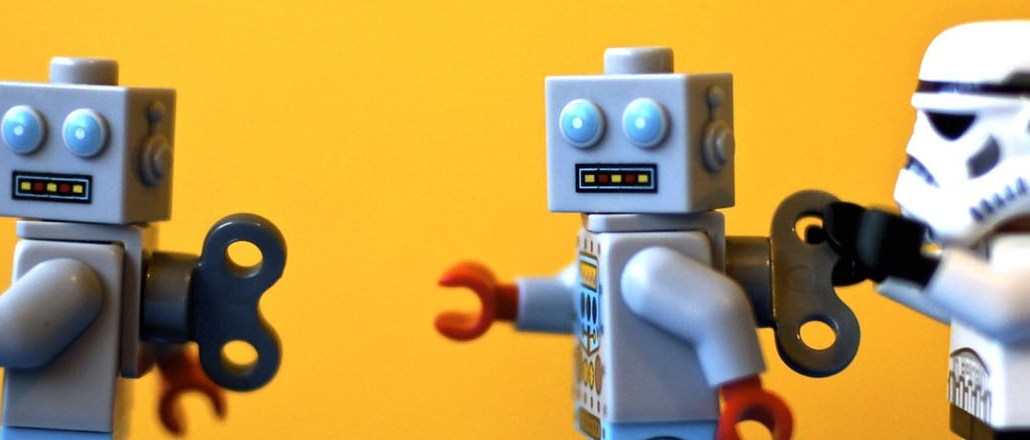Save 50% on a 3-month Digiday+ membership. Ends Dec 12.

Programmatic advertising is still growing in popularity, although at a decreasing pace.
More than two-thirds of digital display advertising will be bought using the technology, according to a new report from eMarketer, which forecasts programmatic spending to surpass $22 billion this year. That’s a whopping 40 percent increase over last year.
The increase is being spurred by ad buyers’ becoming more comfortable with the technology as it becomes an essential tool, Lauren Fisher, a programmatic analyst at eMarketer told Digiday.
“Programmatic is no longer a sidebar in the digital advertising conversation. It is a must for any digital display advertiser who is serious about bringing greater accuracy and insight to their digital ad buys,” she said.
Another part of the reason programmatic spending is up: mobile. EMarketer expects spending on mobile programmatic to reach $15.5 billion in the U.S., accounting for 69 percent of all programmatic digital display ad spending. Next year will be a “tipping point,” the report says, when mobile is expected to surpass desktop for the first time.
In 2017, eMarketer forecasts programmatic mobile video ad spending to hit $3.9 billion, accounting for 51 percent of all programmatic ad spend in the U.S. On desktops, it will only reach $3.7 billion in the U.S., or 49 percent of all programmatic ad spend.
More in Media

Digiday+ Research: Publishers’ growing focus on video doesn’t translate to social platforms
Major publishers have made recent investments in vertical video, but that shift is not carrying over to social media platforms.

Technology x humanity: A conversation with Dayforce’s Amy Capellanti-Wolf
Capellanti-Wolf shared insight on everything from navigating AI adoption and combating burnout to rethinking talent strategies.

How The Arena Group is rewriting its commercial playbook for the zero-click era
The company is testing AI-powered content recommendation models to keep readers moving through its network of sites and, in doing so, bump up revenue per session – its core performance metric.





